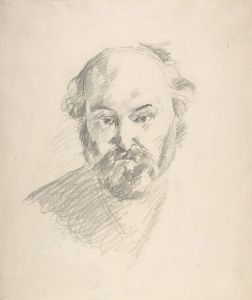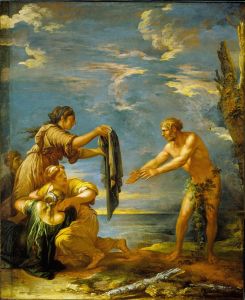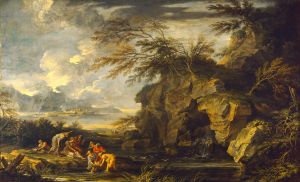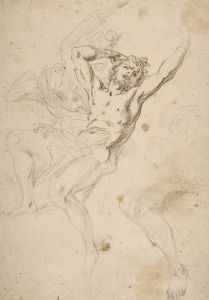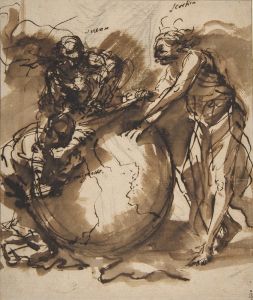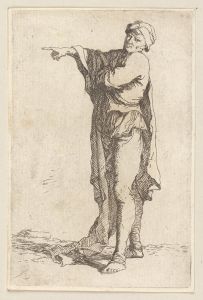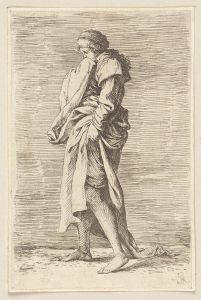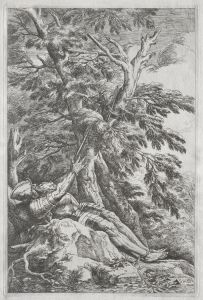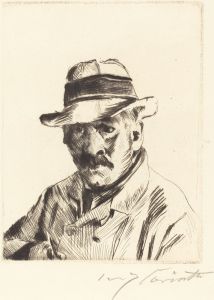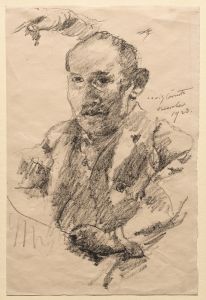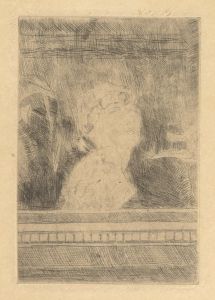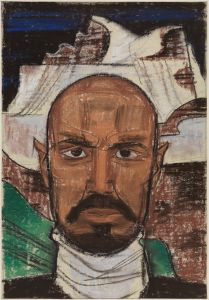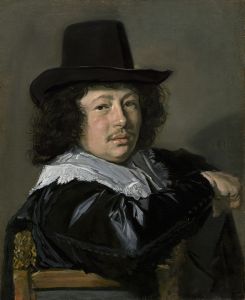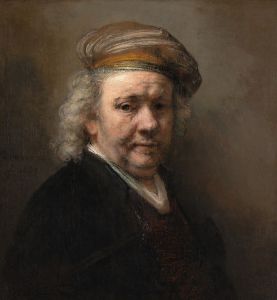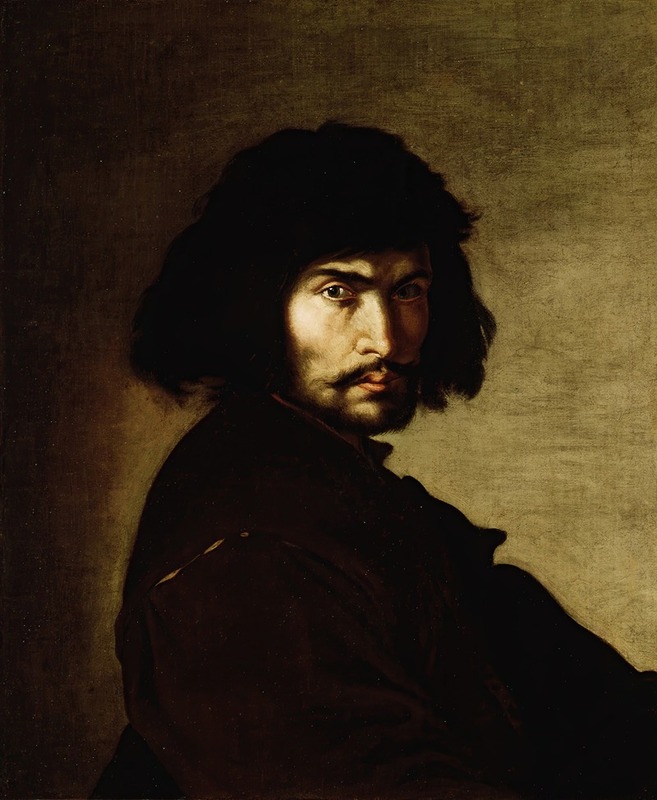
Self-Portrait
A hand-painted replica of Salvator Rosa’s masterpiece Self-Portrait, meticulously crafted by professional artists to capture the true essence of the original. Each piece is created with museum-quality canvas and rare mineral pigments, carefully painted by experienced artists with delicate brushstrokes and rich, layered colors to perfectly recreate the texture of the original artwork. Unlike machine-printed reproductions, this hand-painted version brings the painting to life, infused with the artist’s emotions and skill in every stroke. Whether for personal collection or home decoration, it instantly elevates the artistic atmosphere of any space.
Salvator Rosa (1615–1673) was an Italian Baroque painter, poet, and printmaker known for his unorthodox and rebellious spirit. His self-portrait, "Self-Portrait," is a fascinating work that reflects both his artistic skill and his complex personality. While Rosa created several self-portraits throughout his career, each offers insight into his character and the artistic milieu of 17th-century Italy.
Salvator Rosa was born in Arenella, near Naples, and initially trained under his uncle, Paolo Greco, and later with the painter Francesco Francanzano. He eventually moved to Rome, where he became associated with the circle of artists and intellectuals that included the likes of Gian Lorenzo Bernini. Rosa's work was characterized by its dramatic intensity and often featured themes of nature, mythology, and the supernatural. His paintings were known for their dynamic compositions and bold use of color, which set him apart from many of his contemporaries.
The "Self-Portrait" by Salvator Rosa is emblematic of his distinctive style and personal ethos. In this work, Rosa presents himself with a direct and penetrating gaze, engaging the viewer with an air of defiance and introspection. The portrait is notable for its psychological depth, capturing the artist's self-awareness and his contemplative nature. Rosa's choice of attire and the objects included in the portrait often carry symbolic meaning, reflecting his interests and the intellectual currents of his time.
Rosa's self-portraits are often seen as a means of self-promotion and a way to assert his identity as an artist and intellectual. During the Baroque period, self-portraits were a popular genre, allowing artists to showcase their skills and convey their personal brand. Rosa's self-portraits, however, go beyond mere representation; they are imbued with a sense of drama and narrative that is characteristic of his broader body of work.
In addition to his visual art, Salvator Rosa was also a poet and satirist, and his literary talents often informed his paintings. He was known for his critical views on the art establishment and his disdain for the conventions of his time. This rebellious spirit is evident in his self-portraits, where he often presents himself as a figure apart from the mainstream, challenging the viewer to see beyond the surface.
Rosa's influence extended beyond his lifetime, impacting later generations of artists who admired his bold approach and willingness to defy artistic norms. His self-portraits remain significant not only for their artistic merit but also for the insight they provide into the mind of a complex and multifaceted artist.
Overall, Salvator Rosa's "Self-Portrait" is a testament to his skill as a painter and his unique position within the Baroque art world. It captures the essence of an artist who was both a product of his time and a visionary who pushed the boundaries of artistic expression. Through his self-portraits, Rosa invites viewers to engage with his world, offering a glimpse into the life and mind of one of Italy's most intriguing Baroque artists.





